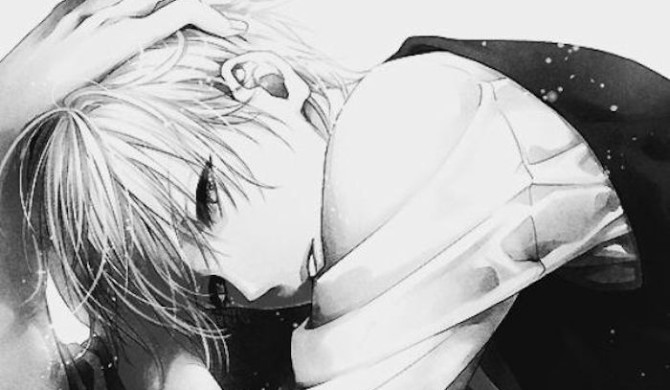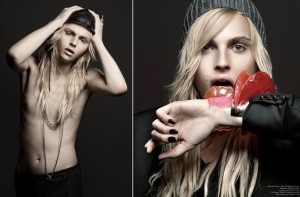
02
2012Pretty Boy
After seeing that episode of Bones, I sat down to write my post about it. In the process of doing so, I looked up references to androgyny in Asian culture and found some fascinating things.
Pretty men in Japan seem to be well-liked by young females, and are popular television personalities and performers as they appeal across a broad spectrum of that society. They are also popular in manga comics as the prototypical male, especially those targeted at girls.
Here’s a telling quote about the history and endurance of this type of character, from the wikipedia entry on the subject (link is below):
Lady Murasaki Shikibu‘s Tale of Genji, written in about the year 1000 A.D. Genji concerns the exploits and romances of a young prince, the son of an emperor and beloved concubine, who is not in line to inherit the throne, and follows his intrigues through the court as he comes of age. The novel typifies the Heian age of Japanese history, a period of highly-stylized romance. Prince Genji’s beauty is described as transcendental, so much so that “one could have wished him a woman”, with a bewitching attraction that is acknowledged by men and women alike.
I am not going to reproduce volumes of information or even an entire Wikipedia page. I do refer you to the following link for further reading, if it is of interest to you: http://en.wikipedia.org/wiki/Bish%C5%8Dnen
What sets apart the Japanese version of a bishonen (loosely translated as pretty boy) is their sexual ambiguity in addition to their ambiguous appearance. There is a clear flouting of all aspect of the rules we generally use to classify gender and sexual orientation, and has been for a very long time.






littlewonder2
“[A] bewitching attraction that is acknowledged by men and women alike” is actually a common sex symbol type from Shakespeare’s age.
Shakespeare often wrote about women who cross-dressed as men which were supposedly attractive to both, as well as the strong speculation that he wrote over a hundred sonnets to a man who fit the pretty boy type, and who was comparable in beauty to a woman.
Also, I’m not sure, he may have written about men who were similarly pretty boys and also were seen this way.
Besides, in his day, sexuality wasn’t as strict or identified as it is today, and these things didn’t matter so much. Of course, there were always Puritans to fight against, but in London back then, common opinion wasn’t against any of it.
As for the Tale of Genji, I of course have heard that it was the first novel ever written, but I’ve never read it (though I wanted to); so it’s nice to learn something of it. I have also heard of androgynous Japanese culture, but it is certainly all very interesting, nonetheless.
The question of it; why, for a whole culture? That’s what really fascinates me. Though I suppose our culture isn’t perfect, either.
cdjanie
I am no expert on the history of transgenderism, lord knows! I am routinely fascinated by information such as that which you provide about Shakespeare, that shows how gender definitions and expectations have changed over time. One tends to assume that what is now always was. But, of course, it is not so. Thanks for your enlightening comment.
littlewonder2
🙂 No worries, it was a pleasure to share. 🙂